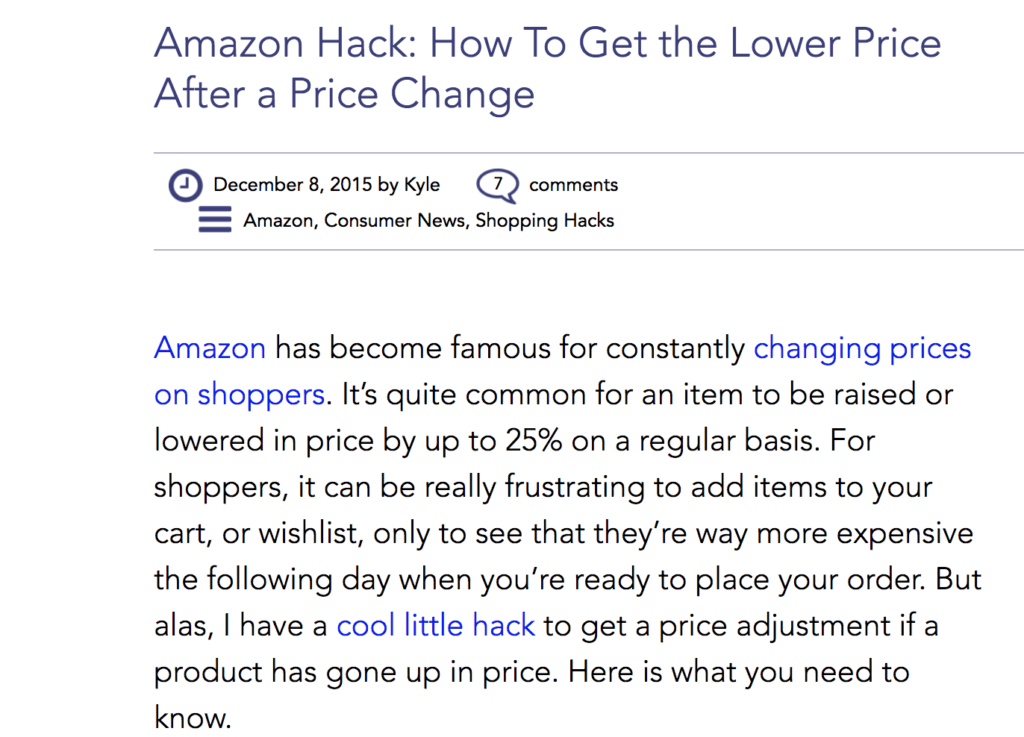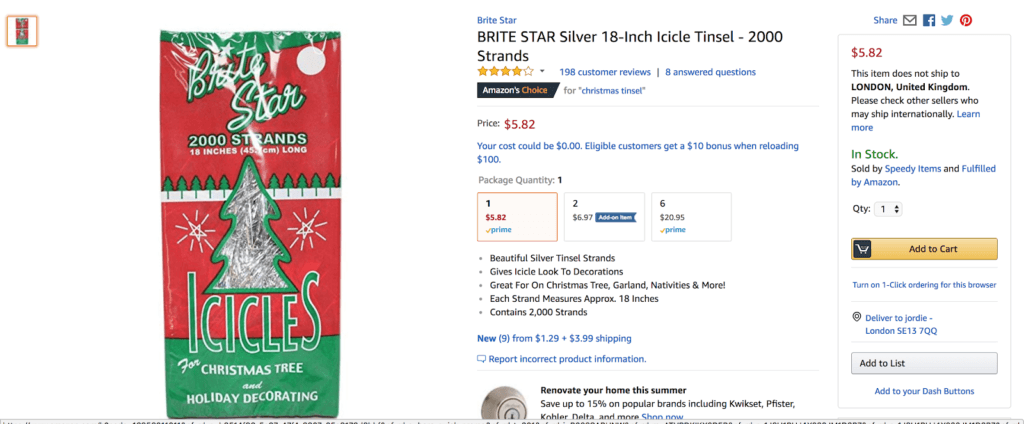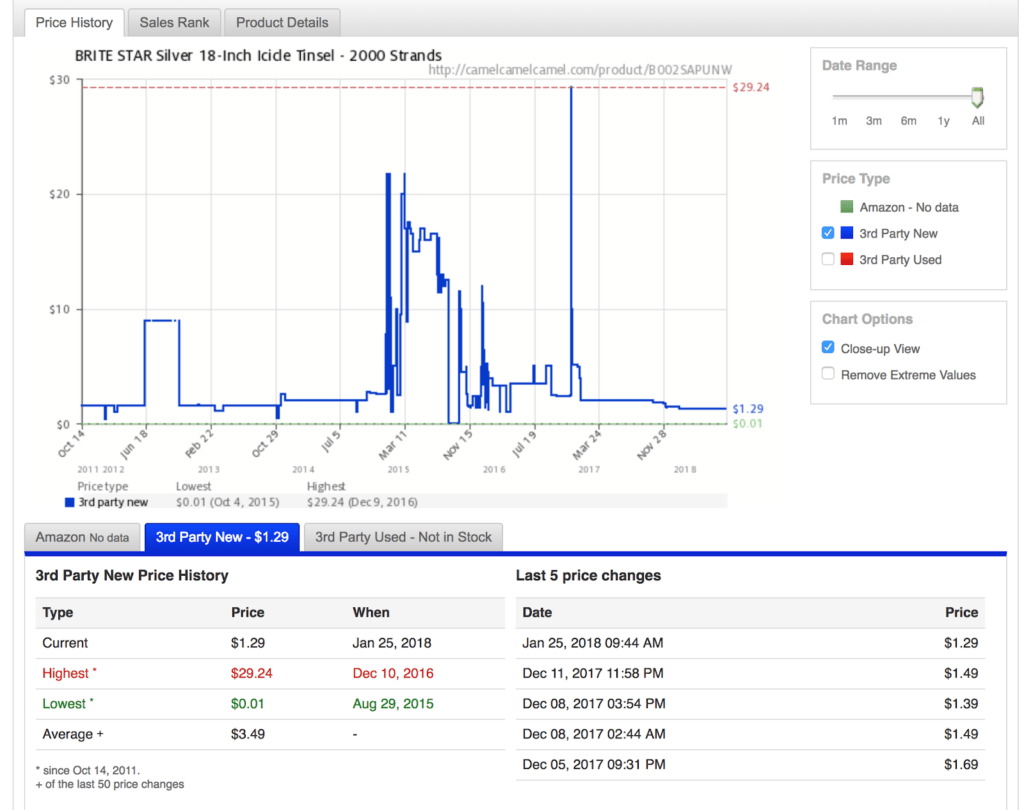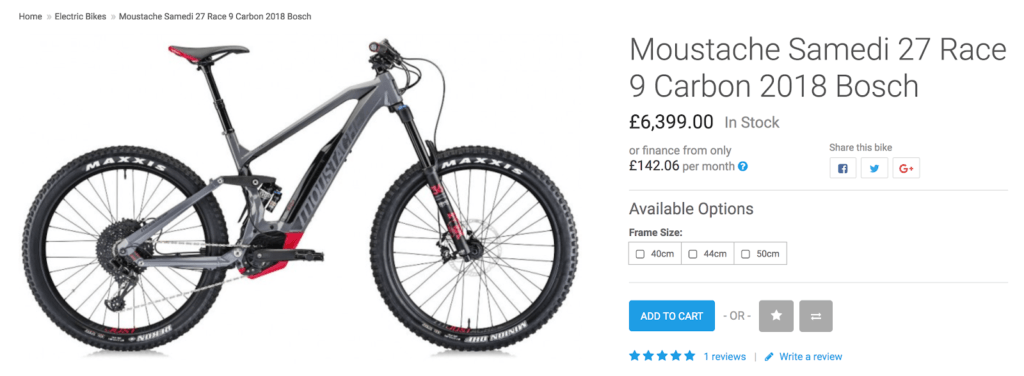How would it affect your eCommerce store if you were able to change your prices based on supply and demand?
My guess is it would have a positive effect and save you a lot of time in the long run.
But in order to understand supply and demand, you need to have access to data. This data includes the current and historical prices your competitors are charging. As well as that you need data to highlight pricing conditions you need to meet and specific customer information.
When you have access to this data combined with an ability to analyze it, you can alter your prices based on demand.
This approach is known as dynamic pricing. By the end of this blog post, you’ll understand exactly what dynamic pricing is, its advantages and disadvantages and how you can use it to succeed with your eCommerce store.
Let’s dive in.
Approach before dynamic pricing
In the years before dynamic pricing was a thing, static pricing took precedence. What is static pricing? In short, static pricing is where you set your prices and that’s that. It’s a one-and-done job.
This was the go-to approach as it was difficult to acquire data about what your competitors are or were charging for their products. So you didn’t really know how you could compete, or even what you were competing with.
Static pricing vs Dynamic pricing (source)
But the access to big data and dynamic pricing tools means that you can optimized profitability over everything.
Airlines are one industry that consistently increase and decrease their prices based on demand. You’ll find tickets for flights are more expensive on weekends as opposed to during the week.
Dynamic pricing in 2018
Now, with access to hoards of data, we’re able to implement dynamic pricing into our own eCommerce stores using customer algorithms based on your own business objectives. These algorithms help you price your products at the optimum price point to defeat your competition.
For many eCommerce retailers, though, there’s a certain hesitation when it comes to dynamic pricing. They’re not convinced that changing prices so dramatically and so often will be beneficial for their business.
But this is the beauty of the technological advances that have happened. You no longer need to change your prices abruptly. You can set specific rules to say your price should never dip below X amount, even if all your competitors are lowering their costs. This hesitation largely falls down to retailers not understanding the complexities of the software available and the benefits it can have on your business.
Amazon dynamic pricing case study
When we think about online retailers who are making dynamic pricing work for them, Amazon are one of the first companies to come to mind. And although it’s difficult to both succeed on marketplaces and defeat marketplaces, they’re a great example of dynamic pricing done right!
Amazon change their prices frequently. In fact, it’s been known that they change the prices of some products up to 300 times a day.
There have even been supplementary articles that teach buyers how to get lower prices on products after Amazon changes their prices.
Sharing tips on dynamic pricing (source)
So with all of these price changes, just how does Amazon manage to keep monopoly on many product categories as a market leader?
Their success can be attributed to how clever their price increases or decreases are. Amazon’s prices can change on a daily basis for certain products and yet they still manage to turn a very healthy profit.
Let’s look at an example:
If we use the tool: camelcamelcamel, we can look at the price fluctuations for specific products.
If we look at these Christmas tinsel decorations, we can see that they’re currently priced at $5.82
Then if we input this product into the software, we can see that over time, the price has changed considerably.
Their lowest prices are always around the middle of the year, were no one is really looking for Christmas decorations. However, during the peak months of November and December, we can see there’s a stark increase with its highest price being somewhere around the $29.24 mark!
So if you’re looking for a time-specific product at the wrong time of the day, you may find that prices increase.
Issues with dynamic pricing
When you look at stores like Amazon, it’s really easy to think that dynamic pricing is the way forwards. After all, who doesn’t want the same success as Amazon. Let’s now look at some of the common issues with dynamic pricing.
Many shoppers are bargain hunters and will always opt for the store with the lowest price. So even if you do increase your prices to match with demand, you might still lose out to the eCommerce store owner who can sell the same product at a lower price.
Here are two 1m USB cables, if you were a bargain hunter shopping and had no affiliation with either company, you’d opt for the cheaper one at £0.84 rather than £4.04
You can run into issues where people pay different prices for the same product. If you have a friend who managed to buy a TVfor $300 and you paid $600 for the same TV two days later, you’re likely to be annoyed at the brand for not extending the same price point to you.
Despite these issues, dynamic pricing is still very effective and should only be used where it’s required. Doing so, will ensure you make the most out of the benefits you can gain.
What are the benefits of dynamic pricing?
When used only where necessary with the right repricing tool supporting you, dynamic pricing can be very lucrative.
Some of the benefits include:
You no longer need to spend time manually checking what your competitors are doing, and instead can put that time to more important tasks such as sourcing new products and growing your business.
22% of retailers suggest they’d use dynamic pricing software so if you’re not using it, you’re missing out on lost opportunities.
One of the biggest benefits of dynamic pricing is the ability to have accurate data that aligns with how your market is changing. You have access to data that tells you how your industry is developing and you can use those insights to support the rest of your business.
For example, if you start to notice there’s a sudden surge in people paying a higher price for electrical bikes, you’ll understand that the demand for this product has increased.
E-bikeshop uses dynamic pricing to observe trends (source)
And with that demand increase, you can feed that over to your marketing department who can create content specific to this target audience to capture them right when they’re looking for a product just like yours.
For examples, E-bikeshop could create content like the one below to highlight how to get started with your e-bike for anyone who is interested in buying one.
Dynamic pricing. Takeaways.
The world of eCommerce is becoming increasingly competitive. You’re competing with a number of different vendors to all try and capture the attention of your target audience.
If you don’t find a way to easily monitor your competitors as well as the market as a whole, you’re leaving money on the table.
Effective implementation of dynamic pricing software gives you the freedom to work on growing your business and building your brand while a smart computer works out the best pricing point your products should be based on factors such as the rate of demand and how well products convert at a specific price point.
Have you tried to use dynamic pricing yet? Leave a comment below.
Published August 21, 2018



















